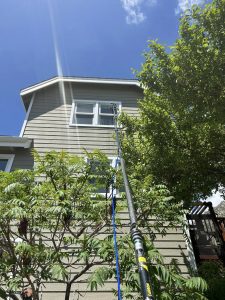 When your company performs an estimate for window cleaning services at a residential location, you are probably counting windows, identifying window types, documenting ladder heights, and estimating the time required to complete the job. It is always preferred to visit a job in person; however, many companies are adopting online tools for bidding jobs. Either way, let’s talk about other factors that should be considered that relate to safety and should be included in your estimate.
When your company performs an estimate for window cleaning services at a residential location, you are probably counting windows, identifying window types, documenting ladder heights, and estimating the time required to complete the job. It is always preferred to visit a job in person; however, many companies are adopting online tools for bidding jobs. Either way, let’s talk about other factors that should be considered that relate to safety and should be included in your estimate.
You should know by now that architects and engineers do not necessarily consider maintenance when designing homes; therefore, it is your responsibility as a professional to factor Exclusions, Inclusions and Cautions in your estimating process. By doing this, it should trigger the requirement of a Safety Work Plan or Job Hazard Analysis (JHA) to ensure the safety of your employees as well as build value in the rate you charge your client.
Exclusions are anything on the job that is being excluded from the proposed work. This is important because, for example, there is no need for a crew member to get a 40’ ladder off the truck if that one window way up in the widow’s peak has been excluded. Documenting exclusions also protects your bottom line by preventing wasted man-hours for work not offered to your client.
Inclusions work exactly the same by documenting (to stay on example), including the 40’ window in the widow’s peak. Your crew knows it needs to be done and has the appropriate ladder on the truck. Because this particular window could pose a safety hazard and has been included in your client’s proposal, you have built value in your rate, mainly because now you are additionally describing the area where the hazard exists and plan to mitigate the hazard. This is where cautions come in.
Cautions are anything on the job you’re assessing that could pose either a liability or safety issue. It could be a broken screen that you do not want to be responsible for, or it could be (again) that window way up in the widow’s peak that requires the use of that 40’ ladder. By outlining the cautions to your client and crew members, you demonstrate that you have thoroughly looked at all aspects of the job and considered everyone’s best interest. In the examples here, your clients may ask you not to worry about removing the screen or the window way up in the widow’s peak windows eliminating the liability and safety hazard altogether.
Let’s stay on the example of the widow’s peak window that requires a 40’ ladder and say that you have included it in your work and also identified it as a caution. What should be the next step in your estimating process? That’s right, fulfilling a Safety Work Plan or a Job Hazard Analysis.
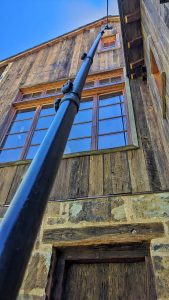 Some programs and applications can easily do this simply by inputting information. Go to your App Store and search “JHA” or “Safety Plan” to find these. Otherwise, if you are to build your own, make sure it includes the following:
Some programs and applications can easily do this simply by inputting information. Go to your App Store and search “JHA” or “Safety Plan” to find these. Otherwise, if you are to build your own, make sure it includes the following:
- Job Site Location Address
- Client’s Name
- Date
- Maximum Height of Home or Building
- Type of Job Performing (residential, commercial, post-construction…etc.)
- Types of Service Performing
- Number of Workers Expected on the Job
- Name of the Lead Person on the Job Site
- Phone Number of the Lead Person
- Equipment to be Used (chemicals, ladders, mobile lift, scaffold, water fed pole, portable anchors, extension poles, goat/roof hook, natural anchors)
- Describe areas where a hazard exists or are technically difficult
- Include photos and mark them up by circling and drawing
- A Plan or Solution to Overcome the Hazard
- Trade Names of Chemicals Required
- Location of Safety Data Sheets on Job
- Type of Personal Protective Equipment (PPE) Required
- Signature of client and person that filled the form
Great, now you have built value and protected your employees from a hazard- or have you? The most important part of filling out a JHA is the follow-up. The inspection of the expectation is that it will be followed and that the proper safety equipment and competent technicians are on the job. JHAs should be created for commercial projects as well. By completing these risk assessments, you will prove your expertise to your clients, protect your company from liabilities, and promote safety to your employees.
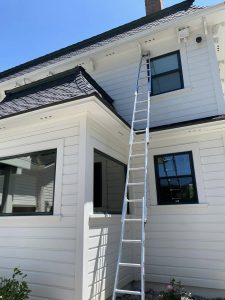
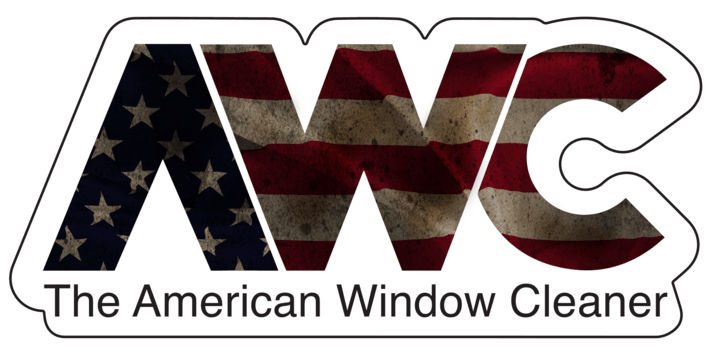
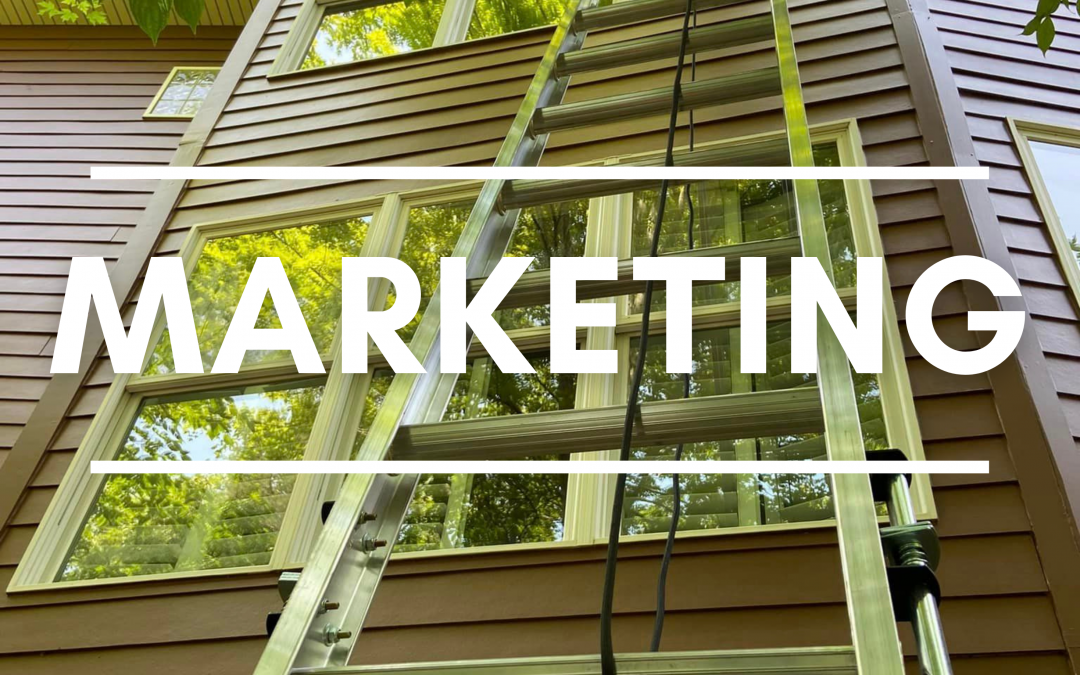
A great read and is very relative to many of our homes we service.